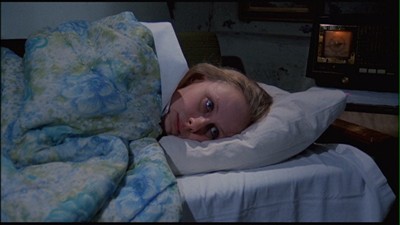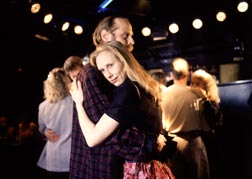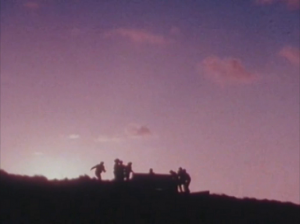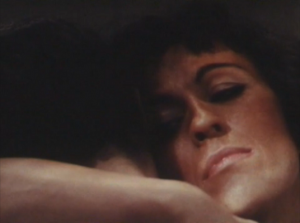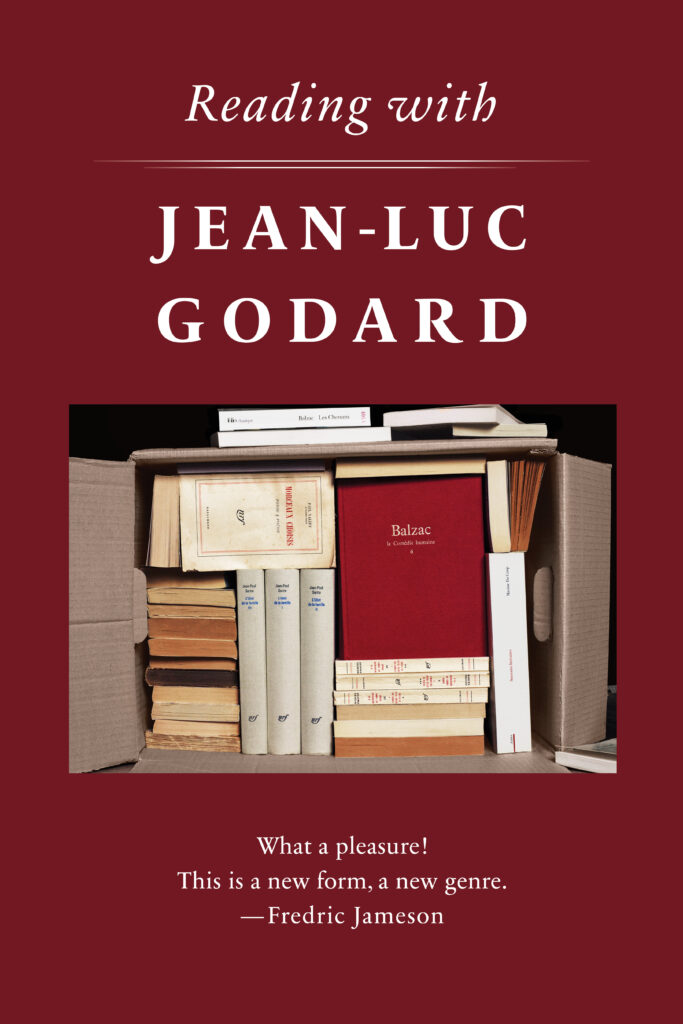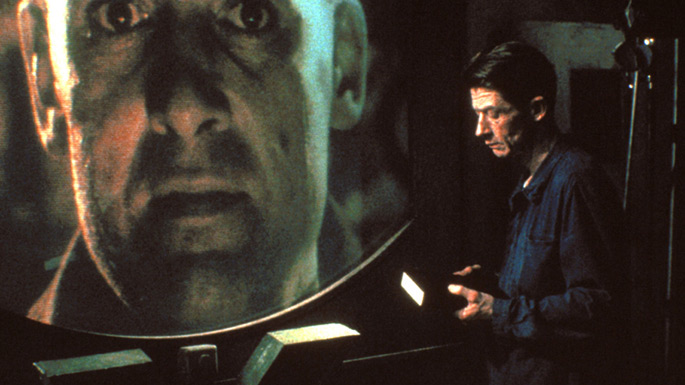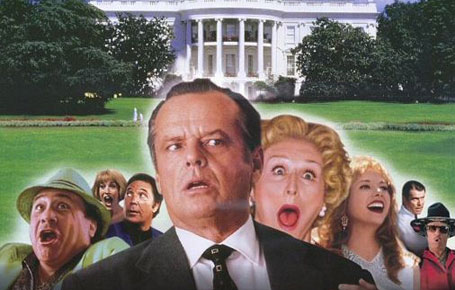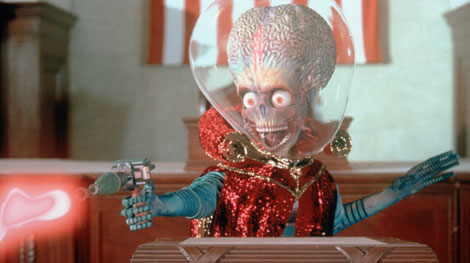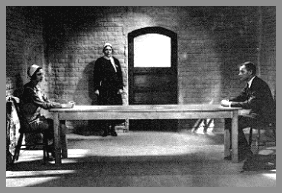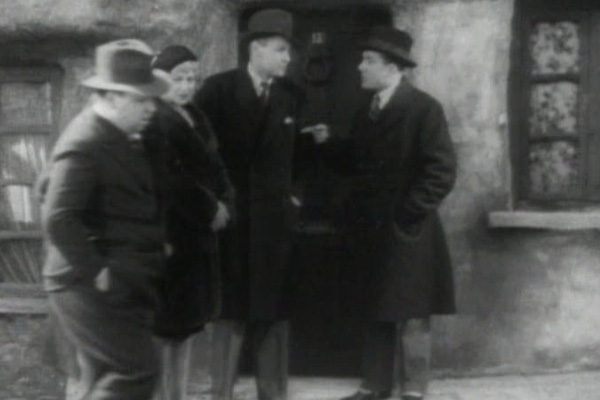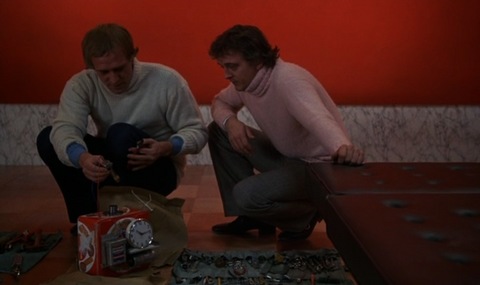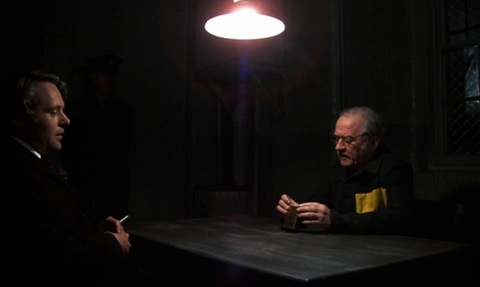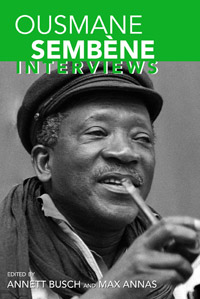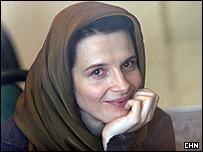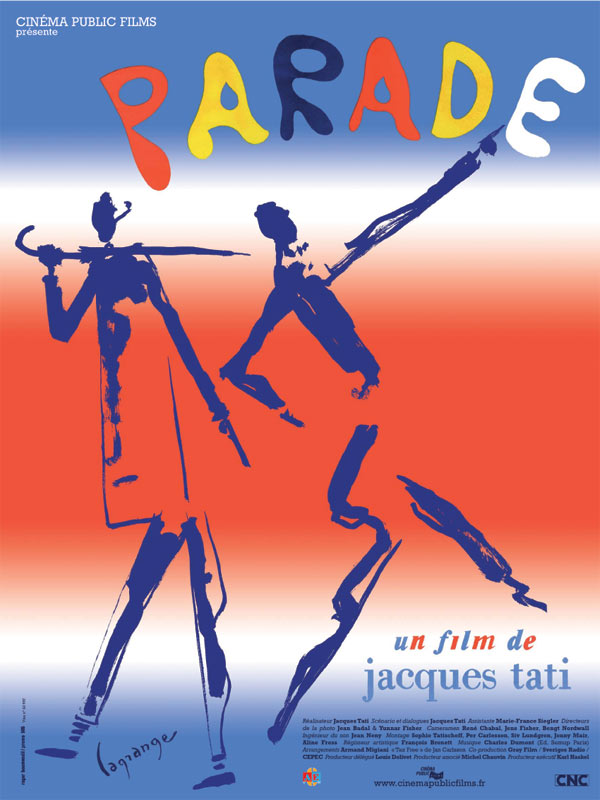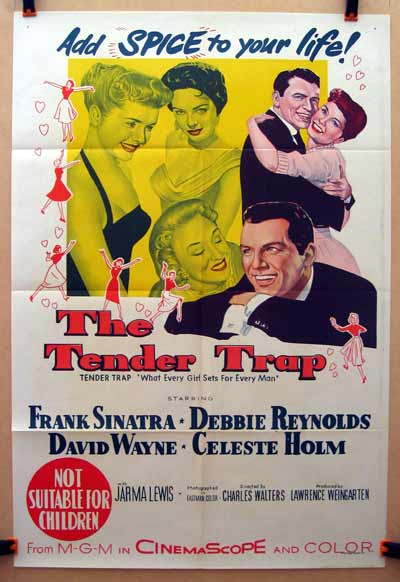From the February 19, 1993 Chicago Reader. I may have underrated this movie. — J.R.
THE MATCH FACTORY GIRL
** (Worth seeing)
Directed and written by Aki Kaurismaki
With Kati Outinen, Elina Salo, Esko Nikkari, Vesa Vierikko, Reijo Taipale, and Silu Seppala.
Here’s what Finnish writer-director Aki Kaurismaki has written about The Match Factory Girl:
“Suddenly, last spring, I was running aimlessly around the city, talking too much and twisting and shaking my head in the most ridiculous way.
“The next day I spent lying silently under my bed and hated myself bitterly. In revenge I decided to make a film that will make Robert Bresson seem like a director of epic action pictures.
“Later, I named this piece of junk The Match Factory Girl (Tulitikkutehtaan Tytto), as the name is long enough to be easily forgotten.”
A few glosses on the above:
(1) It’s typical of Kaurismaki, who’s given to dandy’s gestures, that we don’t know what he means by “revenge,” though we certainly know what the film’s mousy title heroine, Iris (Kati Outinen), means by it.
(2) The statement clearly asks to be read as a series of hip disclaimers: “running aimlessly,” “talking too much,” “twisting and shaking my head in the most ridiculous way,” “this piece of junk . Read more

